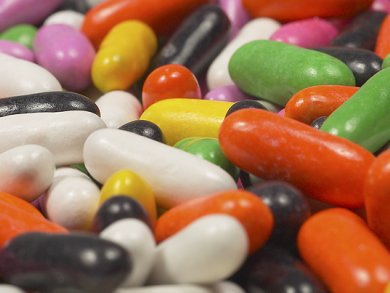Liquorice is a plant belonging to the Leguminosae family. Numerous non volatile substances of industrial interest, such as the sweetener glycyrrhizin, have been identified in its roots. The volatiles composition is, instead, largely obscure.
Mohamed A. Farag and Ludger A. Wessjohann, Leibniz Institute of Plant Biochemistry, Weinberg, Germany, have investigated this issue by profiling the volatile composition of different licorice roots’ species, such as Glycyrrhiza glabra, Glycyrrhiza inflata, and Glycyrrhiza echinata. The analysis reveled that aldehydes and alcohols are the major volatiles contained in the three species. The research, moreover, demonstrated that two phenols, thymol and its isomer carvacrol, are exclusively contained in G. glabra. On the contrary, no phenols at all were identified in G. echinata which is, however, rich in (2E,4E)-decadienal and β-caryophyllene oxide. 1α, 10α-epoxyamorpha-4-ene and β-dihydroionone were found to be abundant in the greatest quantities in G. inflata.
The presence of thymol and carvacrol exclusively in G. glabra suggests that these volatiles could serve as chemotaxonomic markers and also might be considered as potentially relevant for taste.
- Volatiles Profiling in Medicinal Licorice Roots Using Steam Distillation and Solid-Phase Microextraction (SPME) Coupled to Chemometrics,
M. A. Farag, L. A. Wessjohann,
J. Food Sci. 2012.
DOI: 10.1111/j.1750-3841.2012.02927.x


